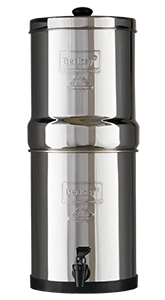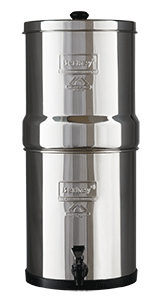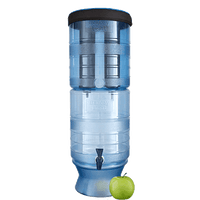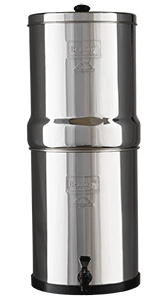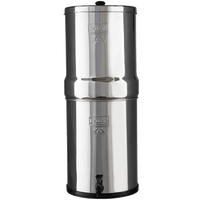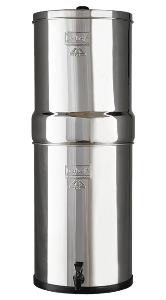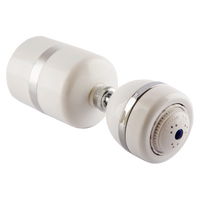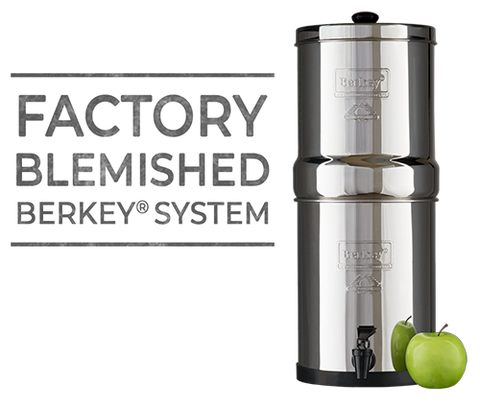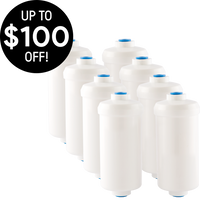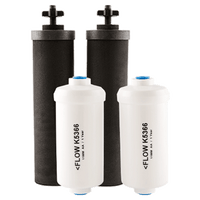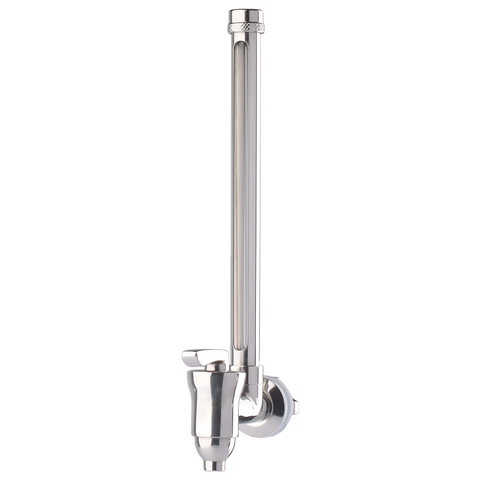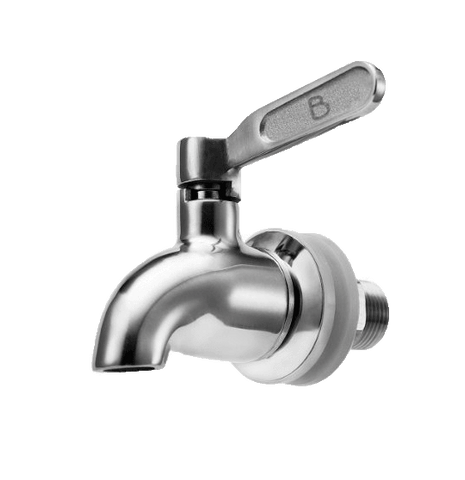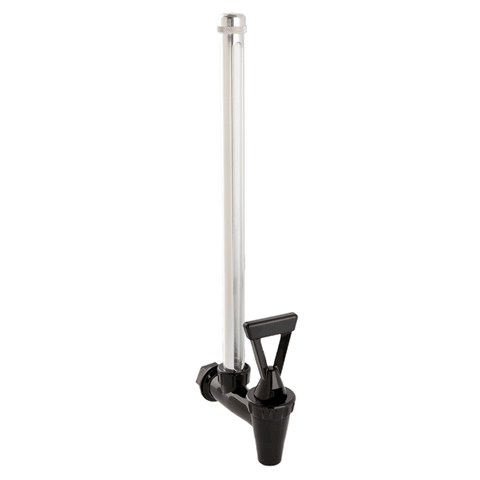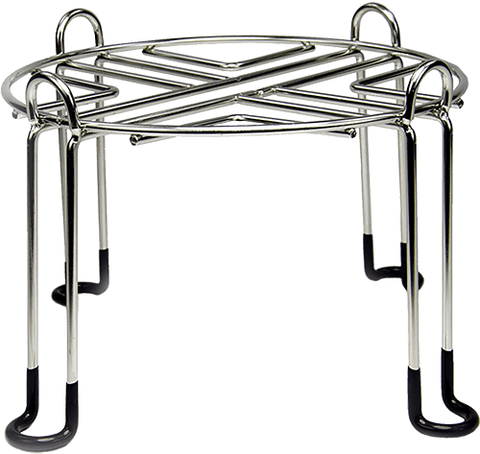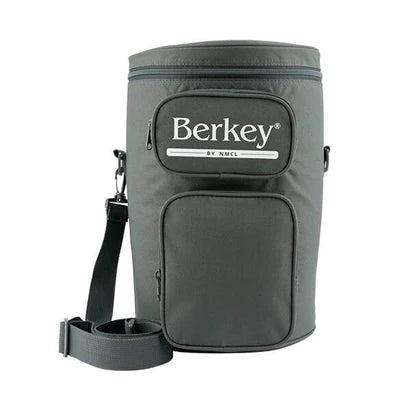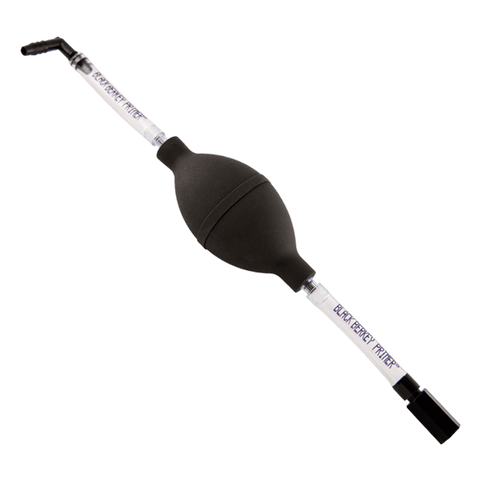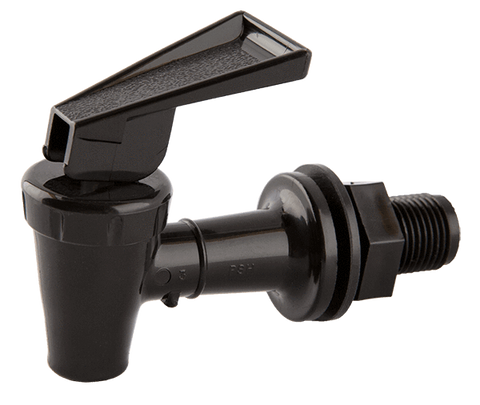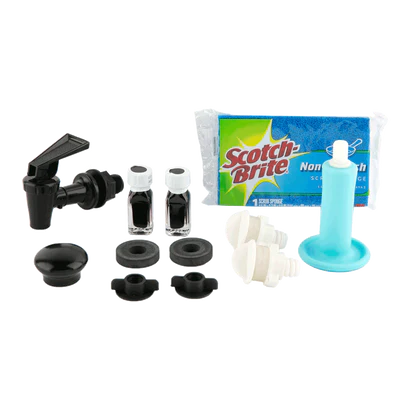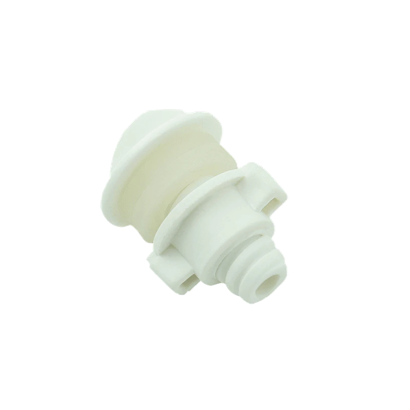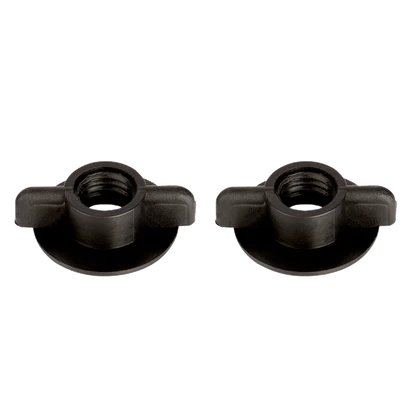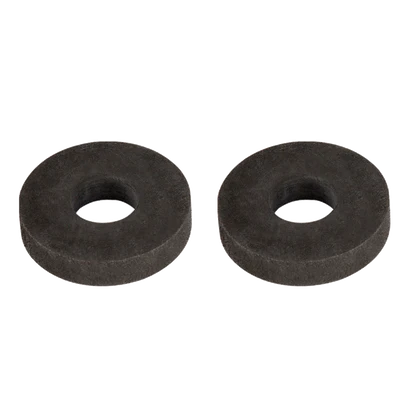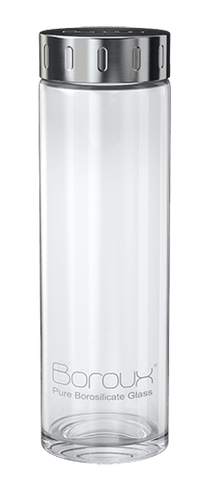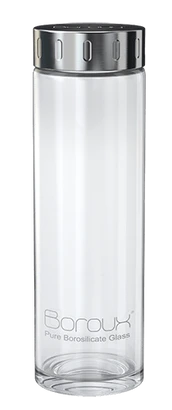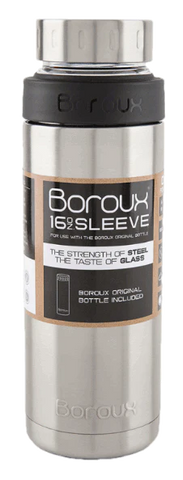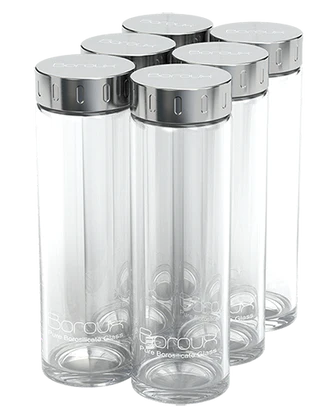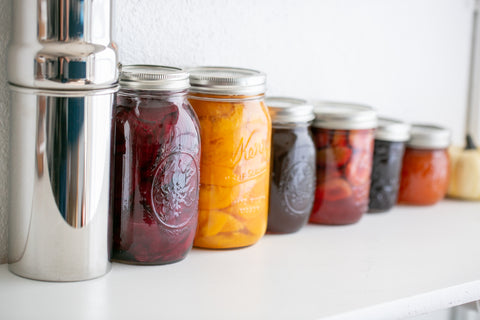
If a favorite recipe calls for water, use filtered water! Berkey water is the secret ingredient for special recipes.
"Water is the second largest ingredient of a dough system, making it as important as flour for bakers."
Most municipalities use chlorine or chlorine by-products to sanitize water for their citizens. Sanitized water is great! By no means do we want cities to stop cleaning the water; however, we believe that water should be in its freshest state. It's especially important to use filtered water for certain ingredients. The chlorine in water can affect the way food tastes, smells, and bakes. Most notably, chlorine kills yeast.
Having a warm, welcoming aroma of a freshly homemade treat is an aspirational lifestyle. Who doesn't want to have THE house everyone likes to be at? What's the secret to the treats that get rave reviews? You already know--it's the ingredients! It's what's inside that matters. High quality ingredients that are as true to the original as possible.
Don't use chlorinated water with these recipes:
Sourdough Bread
There are only three ingredients in sourdough bread. Fewer ingredients make those ingredients all the more important.
- ● Water - 525 grams
- ○ 80 degrees
- ○ NO chlorine
- ● Salt - 20 grams OR 1 Tablespoon
- ○ different salts might weigh out differently. They will also have different volumes
- ● Very Active Starter - 200 grams
- ○ make sure it floats
- ○ Sourdough starter is made of water and flour
- ● Flour - 700 grams
"Baking is like science, cooking is like art" Baking is precise, which is why it is recommended to use a scale to weigh ingredients rather than using measure cups or spoons. The measured weight is more precise than the measured volume.
- 1. Combine warm water with the flour.
- 2. Add in the sourdough starter. Use sourdough starter that is active and bubbly.
- 3. Add the salt.
- 4. Mix the dough with hands until just mixed. Careful not to over mix.
- 5. Cover with plastic wrap or damp towel and let rest for half an hour.
- 6. Stretch and fold the dough.
- 7. Cover and let dough rise until doubled in size.
- 8. Shape into a ball.
- 9. Let rise for another 15-20 minutes uncovered.
- 10. Shape into a ball again.
- 11. Cover with plastic set in fridge for 12-15 hours.
- 12. Preheat dutch oven to 500 degrees.
- 13. Remove dough from the fridge.
- 14. Dust top with flour and score.
- 15. Add flour (or parchment paper) to the bottom of the dutch oven place dough in hot dutch oven.
- 16. Bake for 20 minutes at 500 degrees with lid on.
- 17. Take lid off, decrease temperature to 475 degrees and bake for 25 minutes or until golden browned.
- 18. Enjoy!
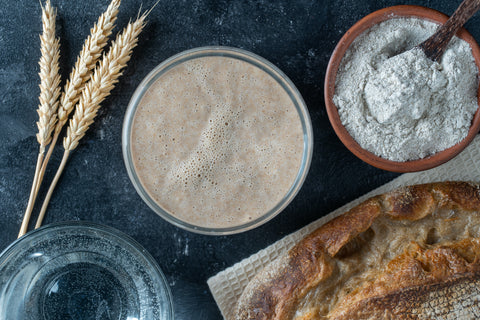
Kombucha
- ● Water - 3 1/2 quarts
- ● Sugar - 1 cup
- ○ regular granulated sugar works best
- ● Black or Green Tea - 8 bags
- ○ a mix of green and black tea also works
- ○ you can also use 2 tablespoons of loose tea
- ● Starter Tea - 2 cups
- ○ from last batch of kombucha
- ○ or store-bought kombucha (unpasteurized, neutral-flavored)
- ● Scoby - 1 per fermentation jar,
- ○ homemade or purchased
- ● chopped fruit
- ● fruit juice
- ● flavored tea (like hibiscus or Earl Grey)
- ● honey
- ● fresh herbs or spices
- 1. Boil water. Stir in sugar until dissolved. Steep tea in water until cooled. (The cooling step may take a few hours).
- 2. Once the tea is cool, remove the tea bags or strain out the loose tea. Stir in the starter tea. (The starter tea makes the liquid acidic, which prevents unfriendly bacteria from taking up residence in the first few days of fermentation.)
- 3. Pour the tea into jars and add one scoby per jar. Cover the mouth of the jar with tightly-woven cloth, coffee filters, or paper towels secured with a rubber band.
- 4. Ferment for 7 to 10 days. Keep the jar at room temperature, out of direct sunlight.
- 5. Check the kombucha after 7 days by pouring a little out and tasting. It should be a nice mix of sweet and tart. The taste is to your preference, let it ferment for another day or so if it doesn't quite taste right.
- 6. When desired taste is reached, remove the scoby. Gently lift the scoby out of the kombucha and place somewhere clean and safe to be used for your next batch.
- 7. Pour kombucha into bottles add any juice, herbs, or fruit for flavoring. Leave about a half inch of head room in each bottle.
- 8. Store the bottled kombucha at room temperature out of direct sunlight and allow 1-3 days for the kombucha to carbonate. Refrigerate to stop fermentation and carbonation, and then consume your kombucha within one month.
Did you know your taste buds crave nutrients? We like it because it is better. Filtered water enhances the taste, making drinks like coffee and tea, or food recipes taste better because it satisfies our taste buds that inherently know our bodies need minerals.

Canned Food
Depending on the type of food being preserved and which method determines if water is an ingredient. No matter what, water will be used for boiling the jars. Since that water won't be consumed, it doesn't really matter what kind of water is used. However, for the recipes that call for water that will be consumed, it is best to use filtered Berkey water. Especially in the case that the food preserved may be untouched for a long period of time. Who wants freshly canned tomatoes to be seeped in chemically infused water for months?
ALWAYS follow the official recommendations for the specific food that you are canning.
Hot-Packing
Hot packing is putting freshly prepared food into jars. It requires the food to be boiled first. Boiling the food reduces the number of air bubbles in food tissue which shrinks the food, preventing it from floating and therefore increasing the vacuum seal. A better vacuum seal equates to a longer shelf life. Hot packing is best for acidic foods that need to be processed in boiling water.
Raw-Packing
Raw packing is filling the jars with the prepped, unheated food. Depending on the food, water is usually added too. This method is more suited for vegetables that have already been processed in a pressure canner. Fruit does not last as long in this method because it floats and the entrapped air usually causes discoloration within 2-3 months.
Bone Broth
Made from simmering animals' bones in water, this liquid is chock full of nutrients. Calcium, phosphorus, sodium, magnesium, or potassium all come from bones which are essential for bodily function. Bone marrow is rich in nutrients and provides a plethora of vitamins. Glucosamine and chondroitin come from the connective tissue. The mixture of bones, marrow, and connective tissue also results in collagen, which when cooked is made into gelatin, which is the source of amino acids. Getting all of these necessary nutrients into your system is made easy by making it into one broth.
- ● Water - 1 gallon
- ● Apple Cider Vinegar - 2 tbsp
- ● Animal Bones - 2–4 pounds
- ● Salt and pepper, to taste
- ● Optional -- vegetables, herbs, spices
- 1. Place all ingredients in a large pot or slow cooker.
- 2. Bring to a boil.
- 3. Simmer for 12–24 hours. The longer it cooks, the better it will taste and more nutritious it will be.
- 4. Allow the broth to cool. Strain it into a large container and discard the solids.
- 5. Drink or add to stews, soups or gravy.
It's recommended to use a variety of bones, such as marrow bones, oxtails, knuckles, and feet. Vinegar or lemon juice has properties that pull the nutrients out of the bones into the water.
Berkeys do NOT filter minerals from the water.

The next time you're making homemade food from scratch, consider the importance of good ingredients, including water. The solution to getting the fluffiest bread, tangiest kombucha and best-tasting bone broth? Use Berkey water.

